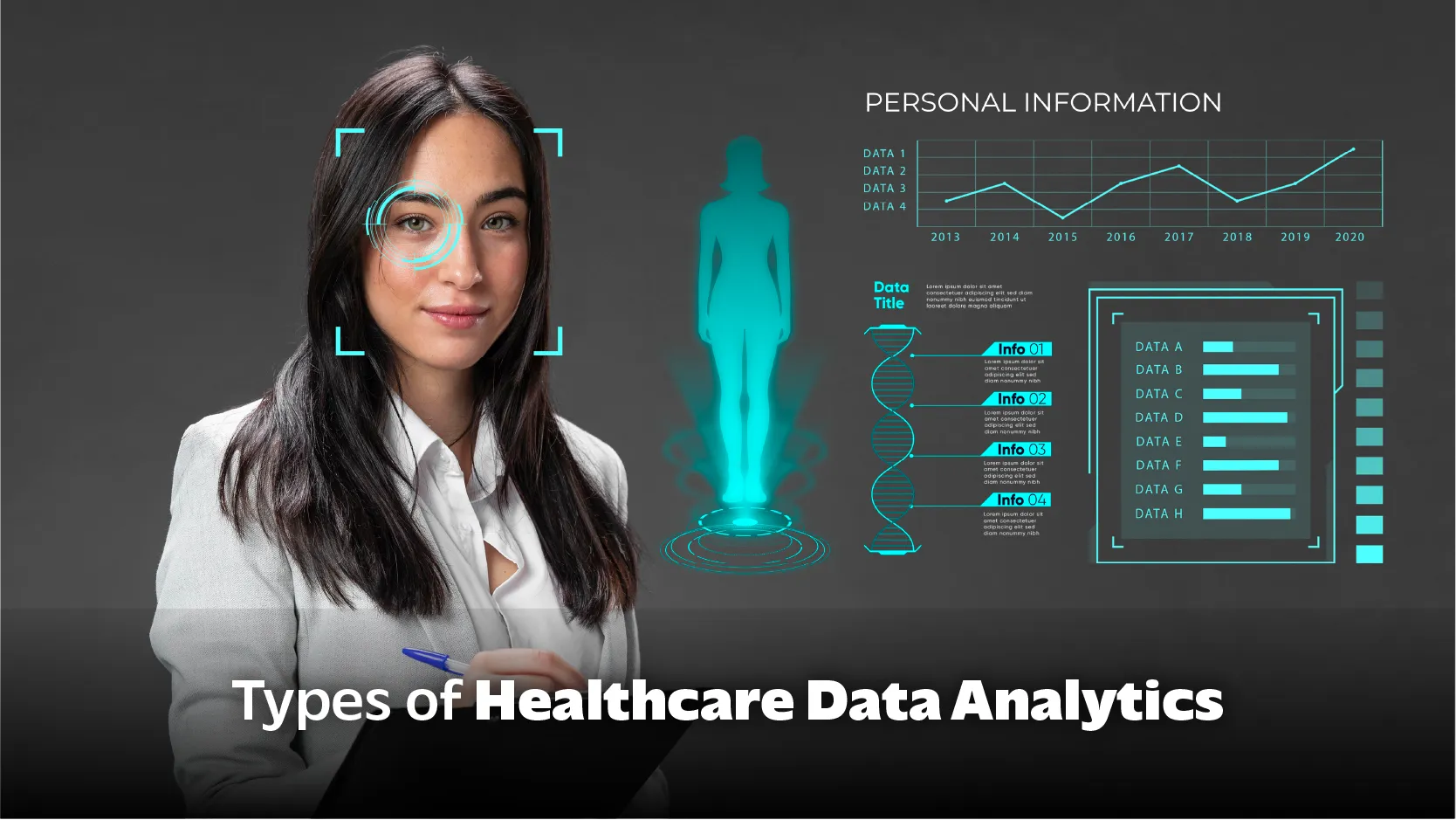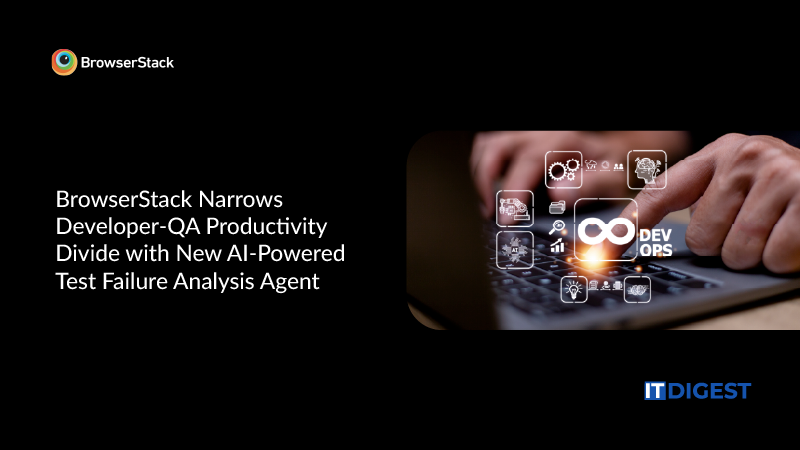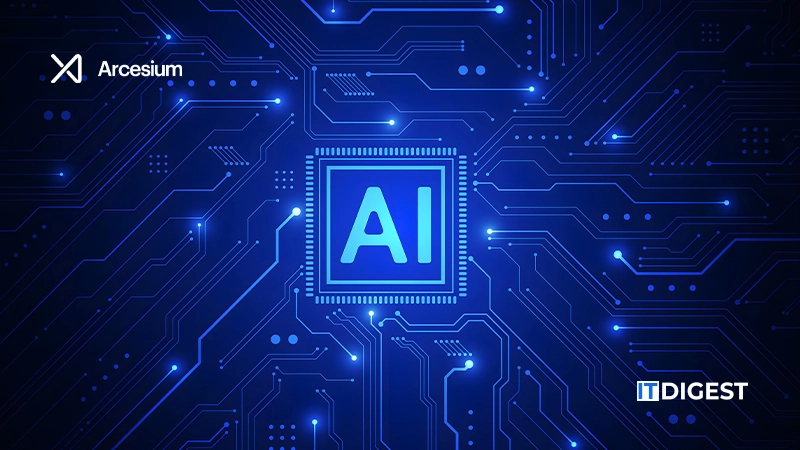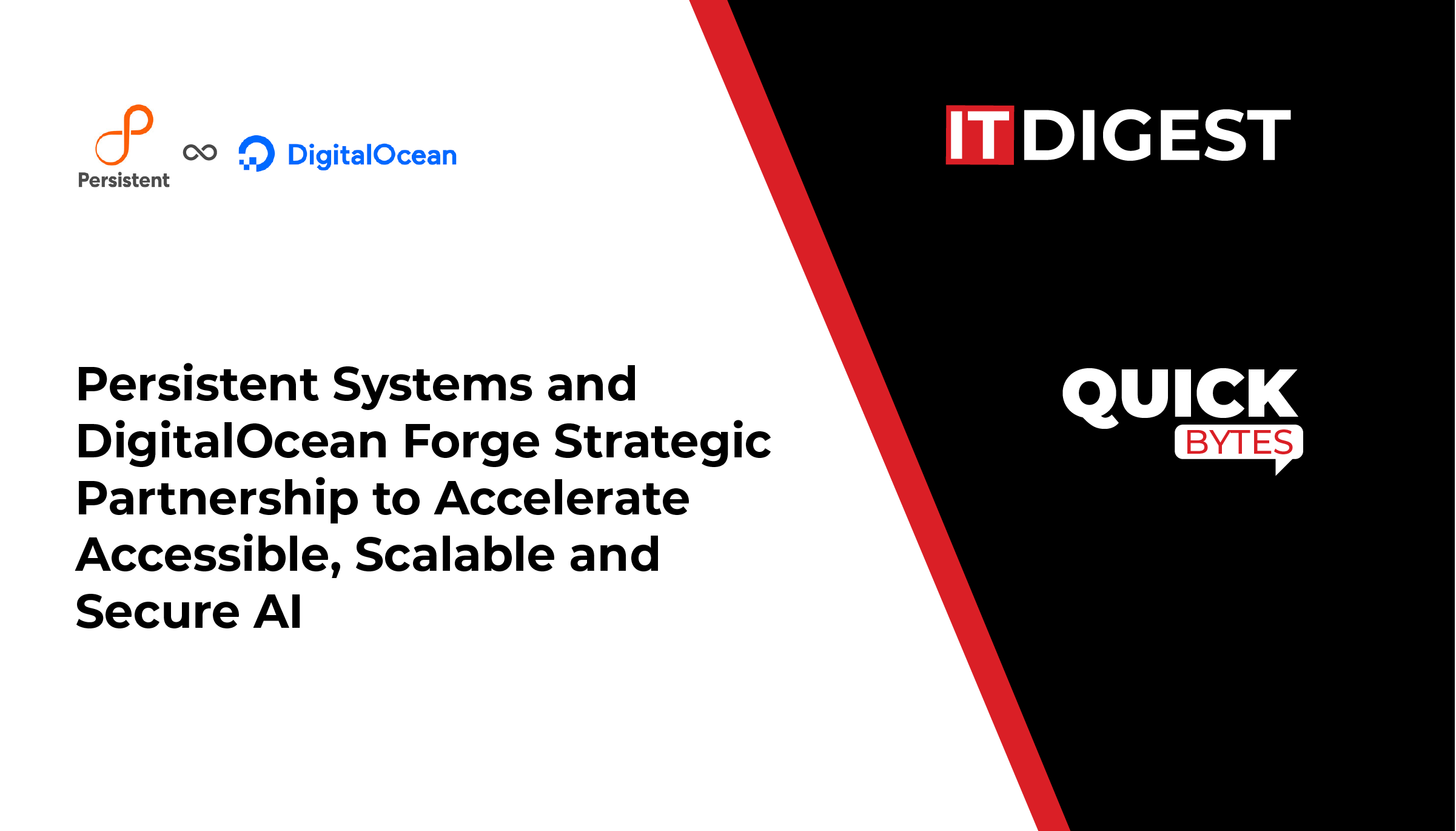With its unparalleled insights into healthcare procedures, results, and decision-making, healthcare data analytics has completely changed the way we approach patient care. This is significantly true in the case of big data analytics. The amount of data that can be extracted from digital health records, medical imaging, and real-time patient monitoring is enormous. The American Hospital Association declared in 2020 that the healthcare industry produces over 2,314 exabytes of data a year. Let’s see more about this industry.
What Is Healthcare Data Analytics?
Healthcare analytics is the analysis of current and historical industry data to predict trends, reach more patients, and manage disease spread. It covers all types of businesses and gives insights at the macro- and micro-level. It can show paths to improvement in patient care, clinical data, diagnosis, and business management.
When combined with business intelligence tools and data visualization, healthcare analytics helps managers operate better by giving them real-time information to support decisions and actions.
Types of Healthcare Data Analytics
 There are many types of healthcare data analytics. Here are four:
There are many types of healthcare data analytics. Here are four:
- Descriptive Analytics: Descriptive analytics uses past data to give insights into trends or benchmarks. It helps healthcare professionals know what has happened in the past and provides a basis for decision-making. For example, descriptive analytics can be used to analyze patient demographics, track disease prevalence, or monitor healthcare usage.
- Diagnostic Analytics: This field of study examines the causes of certain medical outcomes. Finding patterns, connections, and linkages using data entails data analysis. Healthcare practitioners can ask questions like “What contributed to this health outcome?” and “Why did this outcome happen?” with the aid of diagnostic analytics.
- Predictive analytics: This technique forecasts future occurrences or results by utilizing statistical models and past data. It supports the trend-spotting, risk-awareness, and decision-making of medical professionals. Predictive analytics, for instance, can be used to identify high-risk individuals, forecast disease outbreaks, and project the amount of healthcare resources required.
- Prescriptive Analytics: Beyond just forecasting results, prescriptive analytics also provides instructions on how to get the intended results. The system integrates optimization techniques, predictive models, and historical data to recommend the optimal course of action. Healthcare workers may ask better questions like “What should we do to improve patient outcomes?” and “What interventions are best for a certain condition?” with the use of prescriptive analytics.
Also Read: Augmented Reality in Healthcare: A Comprehensive Guide
Benefits of Data Analytics in Healthcare
 So what’s the big deal with healthcare data analytics? Well, everyone’s all about giving patients the best care possible and making healthcare organizations run smoother. There are many benefits to using healthcare data analytics. Check it out:
So what’s the big deal with healthcare data analytics? Well, everyone’s all about giving patients the best care possible and making healthcare organizations run smoother. There are many benefits to using healthcare data analytics. Check it out:
- Extensive electronic health records: Data analytics allows us to maintain extremely thorough records of a patient’s medical history. This aids medical professionals in making more informed treatment decisions.
- Clinical decision-making support: Data analytics can also assist physicians in determining what’s best for their patients. With access to all the information, they may make decisions with more knowledge.
- Alerts for providers in real-time: When something happens to a patient, physicians and nurses can receive alerts in real-time thanks to data analytics. They can maintain superior care and organization as a result.
- Deep comprehension of patient health and response to therapy: By analyzing all the data, we may gain a very comprehensive understanding of a patient’s health and response to treatment. This enables us to adapt and provide more individualized service.
- Efficient healthcare and cost savings: Lastly, using data analytics can make healthcare more efficient and save money. We can see where we’re spending too much or not getting results and make changes to improve.
Challenges of Healthcare Data Analytics
- Data Quality and Integration: Healthcare data comes from many sources and is complex and unstructured. Getting quality data and integrating data from different systems is hard. Incomplete or inaccurate data, data inconsistencies, and a lack of interoperability between EHR systems can prevent data from being analyzed.
- Privacy and Security: Healthcare data is personal and sensitive, so privacy and security are top of mind. Protecting patient data from unauthorized access, compliance with privacy regulations (like HIPAA), and data security throughout the analytics process is a big challenge.
- Data Governance: Data governance is key to successful healthcare data analytics. This means defining data ownership, data accuracy and consistency, and data governance policies and procedures. Lack of data governance can cause data quality issues and stop analytics initiatives.
- Skills and Expertise: Healthcare organizations need people who can analyze and interpret healthcare data. But there are not enough data analysts and data scientists with healthcare analytics experience. Organizations need to invest in training and upskilling to build an analytics team.
How Do These Challenges Affect Patients?
Healthcare data analytics challenges affect patients in many ways. Firstly, they impact the care patients receive. Data quality issues and data integration problems can lead to misdiagnosis and treatment plans that don’t work and harm patient outcomes. Secondly, healthcare data analytics challenges limit patients’ access to care. Patients are hesitant to share their data due to privacy and data security concerns, and data analytics can’t improve healthcare outcomes. And in rural areas, access to care disparities exacerbate healthcare inequities. Healthcare organizations must address these challenges so patients get high-quality, equitable, and patient-centered care.
Final Takeaway
Healthcare data analytics have become a game-changing force in the industry. We have looked at the various ways that data analytics enhances patient care during our conversation. Healthcare companies may find risk factors, customize treatment regimens, diagnose patients more quickly and accurately, increase operational effectiveness, and make evidence-based decisions by utilizing data. These developments could result in far improved patient outcomes, more efficient use of resources, and a healthcare system that is more focused on the needs of the individual patient.

































